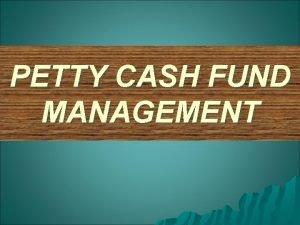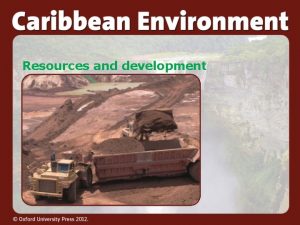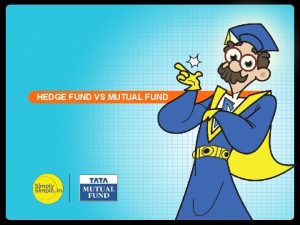The Emissions Reduction Fund and the primary industries






- Slides: 6

The Emissions Reduction Fund and the primary industries

The Emissions Reduction Fund (ERF) • The central element of the Direct Action Plan is the Emissions Reduction Fund (ERF). • The CFI will be transitioned into the ERF during its development. • The Government will use the ERF to purchase lowest-cost emissions reductions from across the economy to meet its 2020 Kyoto emissions reduction target. www. environment. gov. au/climate-change/emissions-reduction-fund

Key elements • The Clean Energy Regulator will administer the ERF • Businesses, individuals, community organisations, etc, will be contracted to deliver emissions reductions • The main mechanism for setting the price will be a reverse auction process.

The market for credits (ACCUs) Currently under the CFI • The price for Australian Carbon Credit Units (ACCUs) is set by the market Under the ERF • The Australian Government will be the main purchaser of ACCUs, through the ERF.

Permanency • Permanency will be for either 100 years or 25 years. • Credits issued for 25 year projects will be discounted by 20%, as well as by the 5% risk of reversal buffer.

Agriculture opportunities • Existing CFI projects may have a relative advantage early in the life of the ERF- ready to participate in auctions. • Methodologies just endorsed or approved include: • Measurement based soil carbon • (Grazing Management) • Nitrate supplementation for cattle • Methodologies under development (some nearing finalisation) at the moment include: • Early finishing of beef cattle • Application of biochar to soil • Modelled approach to measurement of soil carbon • Fertiliser use efficiency in the cotton industry











